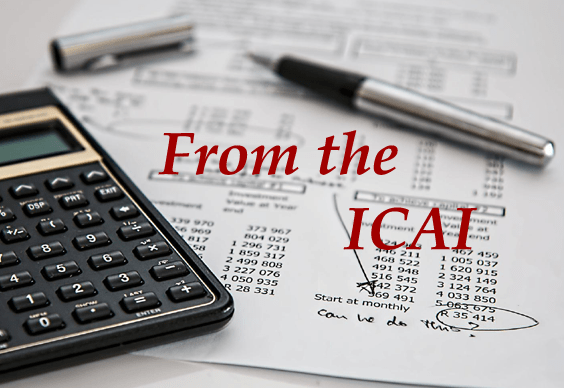Trump's 26% tariff on Indian exports: Who gains and who takes the hit?
New Delhi, Apr 3, 2025
The US Trump administration has levied a flat 26% tariff on Indian goods with some exemptions. Here how domestic players have been impacted
US President Donald Trump on Thursday morning (IST) announced sweeping reciprocal tariffs, with a 26 per cent levy on all goods imported from India. While the decision is expected to disrupt several key Indian industries, some sectors might find unexpected advantages amid the shifting trade landscape.
What does India export, import from the US?
India’s primary exports to the US include pharmaceuticals, telecom equipment, gemstones, petroleum products, gold jewellery, and ready-made cotton garments. On the import side, key commodities include crude oil, coal, petroleum products, electric machinery, and aerospace components.
Hardest-hit Indian sectors
Among the worst affected by the 26 per cent tariff are India's electronics and gems and jewellery sectors. The US imports nearly $14 billion worth of electronics and over $9 billion worth of gems and jewellery from India, making these industries particularly vulnerable.
Prior to this hike, Washington's tariffs on Indian electronic goods averaged just 0.41 per cent, while jewellery and gem products faced duties of around 2.12 per cent.
Auto parts and aluminium exports, however, remain outside the scope of the latest 26 per cent levy, though they continue to be subject to the previously announced 25 per cent tariff.
Sectors exempt from Trump tariff
Pharmaceutical products and energy exports, which collectively account for nearly $9 billion in trade, have been exempted from the new tariff structure, bawd on an executive order signed by Trump. Trump had earlier said the pharma industry would face tariffs, hinting that levies could appear in the future.
Products exempt from import tariff in the US include:
Copper, pharmaceuticals, semiconductors, and lumber
Bullion: Precious metals like gold and silver are exempt.
Energy and minerals: Certain energy products and minerals that aren’t available in the US will also be excluded.
Indian textiles may see advantage
India may be in a relatively advantageous position when compared to other nations. Vietnam faces a staggering 46 per cent tariff on its textile exports, while Bangladesh and China are subject to 37 per cent and 34 per cent, respectively.
Given that textiles contribute only 2 per cent to India's gross domestic product (GDP), compared to 11 per cent for Bangladesh and 15 per cent for Vietnam, the impact on India's overall economy may be milder.
How India fares against competitors
The Ministry of Commerce on Thursday said that while they were still analysing the impact of the tariffs, it was a "mixed bag and not a setback for India," reported news agency PTI.
The Federation of Indian Export Organisations (FIEO) reiterated the sentiment, adding that India is in a better position than many other trading partners. FIEO Director General and CEO Ajay Sahai told news agency PTI, "We have to assess the impact, but looking at the reciprocal tariffs imposed on other countries, we are in a lower band."
Other Asian economies have been hit even harder, with China’s overall export tariff to the US standing at 34 per cent, Japan at 24 per cent, Thailand at 36 per cent, Malaysia at 24 per cent, Taiwan at 32 per cent, and South Korea at 25 per cent. Vietnam has been hit the hardest with a 46 per cent tariff. These higher tariff rates could create new trade opportunities for Indian exporters.
US-India bilateral trade agreement
The US currently has a $46 billion trade deficit with India. Tariff disparities have been a longstanding issue between the two nations. The two nations are currently negotiating bilateral trade agreements which could provide relief from these tariffs in the future.
[The Business Standard]

